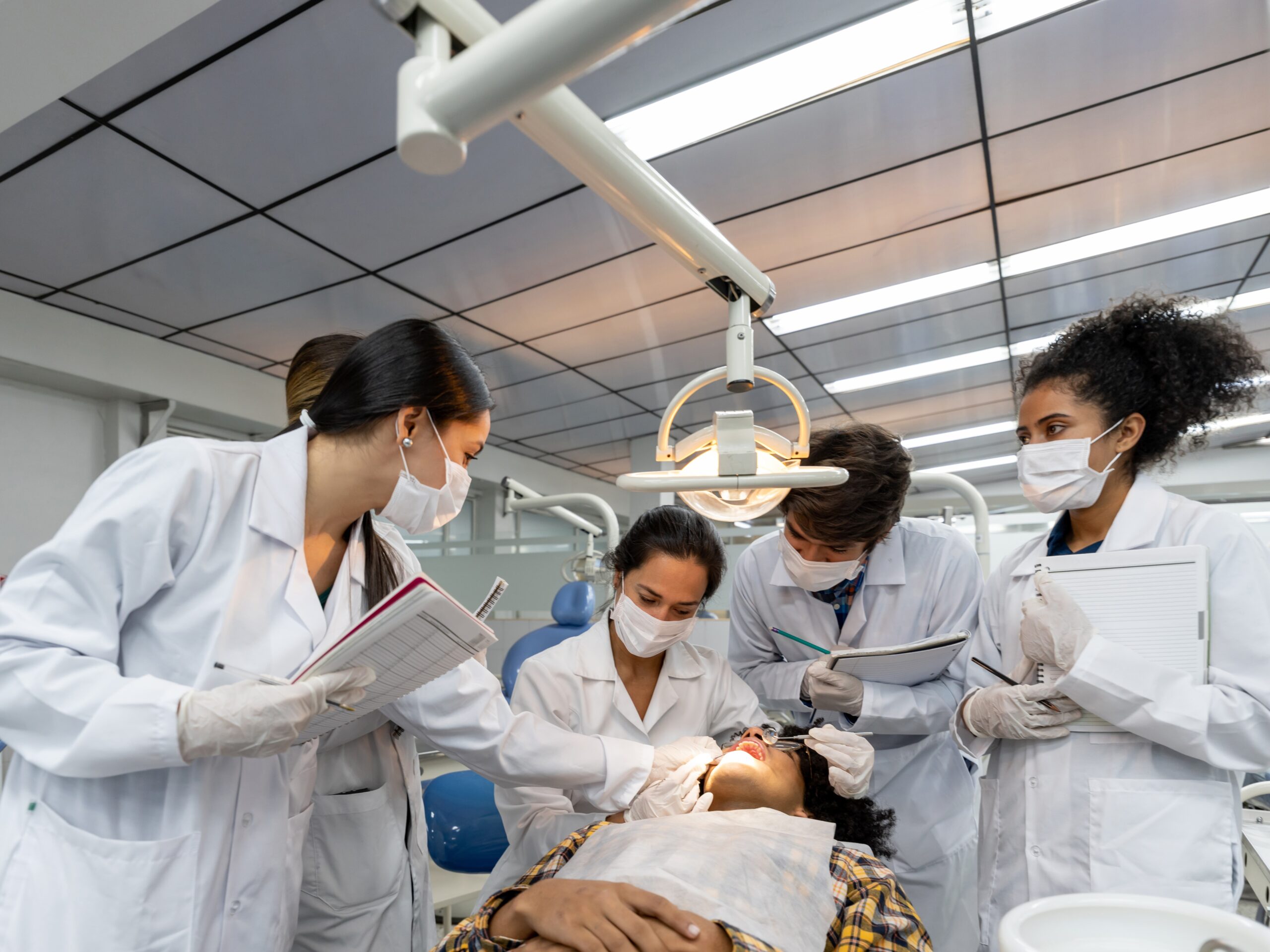
Embarking on the journey to become a dental assistant is an exciting and rewarding path that can lead to a fulfilling career in the healthcare field. For many individuals, this journey begins in the classroom, where they acquire the knowledge and skills necessary to excel in a clinical setting. Navigating this transition from classroom to clinic can be a challenging yet transformative experience that shapes future dental assistants into competent and compassionate professionals.
One of the first steps on the path to becoming a dental assistant is enrolling in a dental assisting program. These programs provide students with the foundational knowledge and hands-on training needed to succeed in the field.
From learning about dental anatomy and terminology to mastering essential clinical skills such as taking X-rays and sterilizing equipment, students in dental assisting programs are equipped with the tools they need to excel in a clinical setting. The classroom serves as a space for students to absorb information, ask questions, and practice their skills under the guidance of experienced instructors.
As students progress through their dental assisting program, they begin to bridge the gap between theory and practice by participating in externships or clinical rotations. These hands-on experiences allow students to apply their knowledge in a real-world setting, working alongside practicing dental assistants and other members of the dental team.
While the transition from classroom to clinic can be intimidating, it is also an opportunity for personal and professional growth. Students are able to put their skills to the test, gain confidence in their abilities, and learn how to navigate the fast-paced and dynamic environment of a dental office.
Throughout this journey, students are supported by their instructors, mentors, and peers who provide guidance, encouragement, and feedback. The transition from classroom to clinic is not always smooth sailing, and students may encounter challenges along the way.
After successfully completing their dental assisting program and gaining valuable experience in clinical settings, students are ready to take the next step towards becoming certified or licensed dental assistants. This process typically involves passing a written exam and fulfilling any additional requirements set forth by their state's dental board.
Once certified or licensed, dental assistants have a wealth of opportunities available to them in a variety of healthcare settings, including private dental offices, community clinics, and specialty practices. Whether they choose to focus on general dentistry, orthodontics, oral surgery, or another specialty, dental assistants play a vital role in supporting the oral health and well-being of their patients.
In conclusion, the journey from classroom to clinic is an essential and transformative experience for aspiring dental assistants. By enrolling in a dental assisting program, gaining hands-on experience in clinical settings, and obtaining certification or licensure, students are able to navigate the transition from student to professional with confidence and competence.